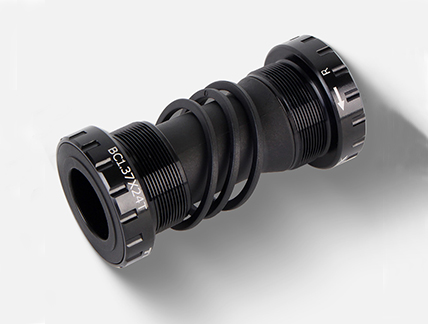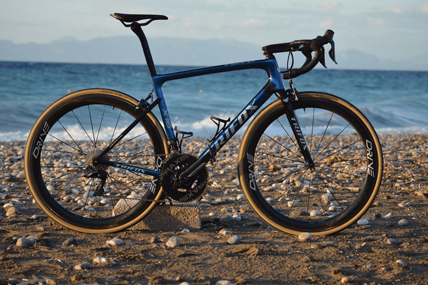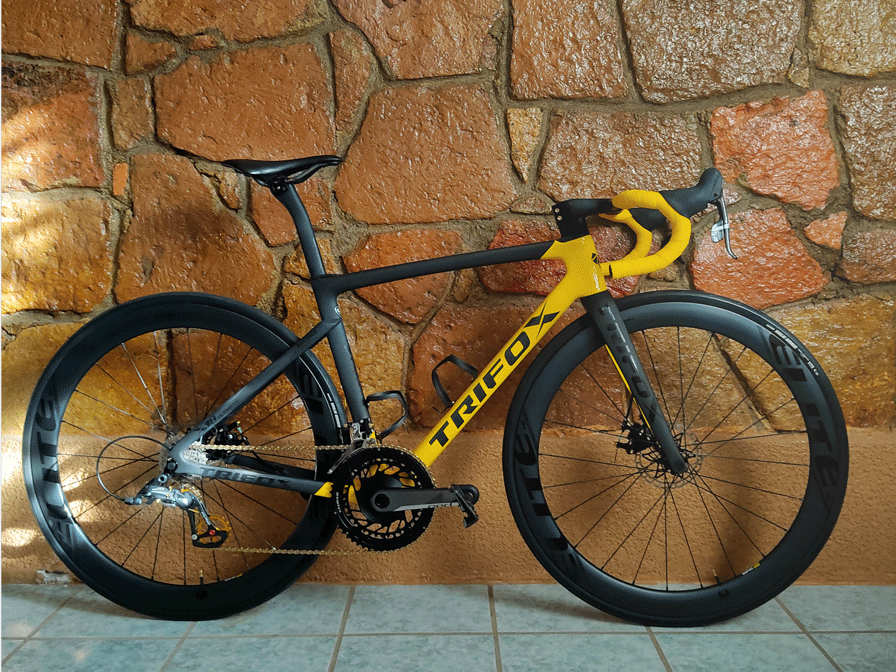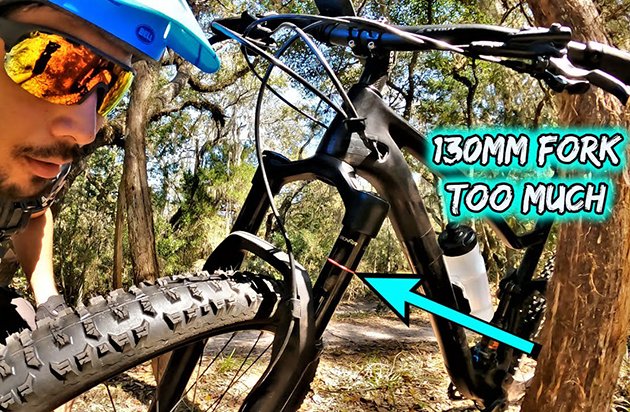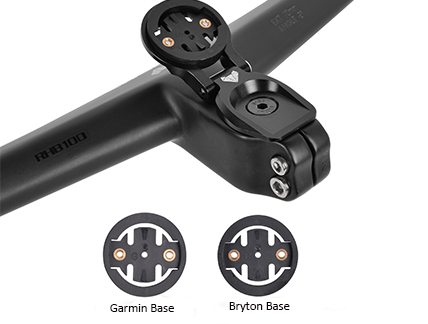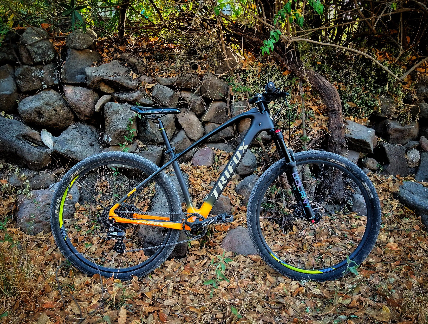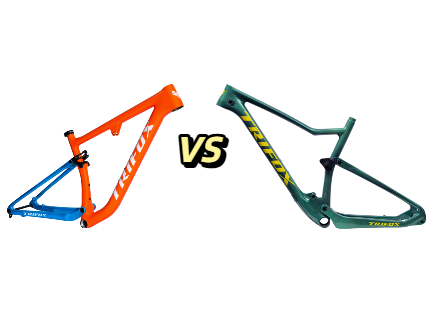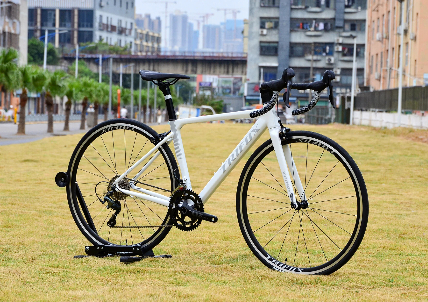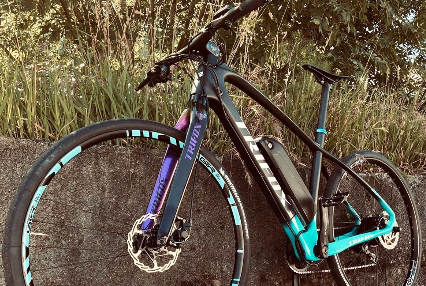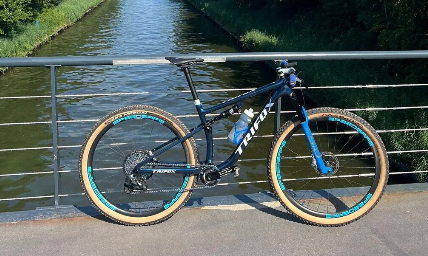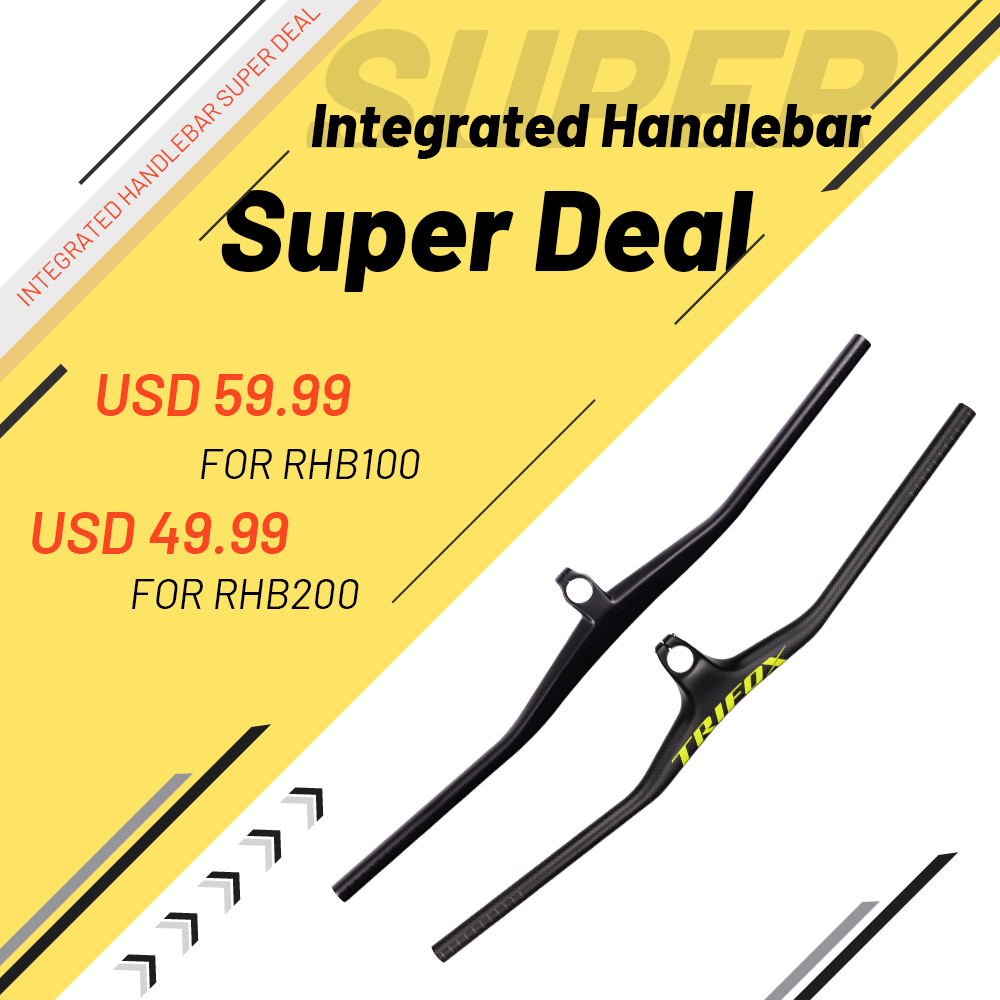The short answer? Yes, often. Disc brakes (especially hydraulic ones) add bulk near your bike's wheel hubs, and not all bike racks handle this well. Using the wrong rack risks damaging your brakes, frame, or wheels. Here’s what to know:
The Problem: Clearance & Contact
- Frame Contact: Many traditional hanging-style racks (where the bike dangles from its top tube) use support arms that clamp near the fork crown or seatstay bridge – exactly where disc calipers sit. This can crush brake lines or bend calipers.
- Wheel Trays: Racks that hold bikes by the wheels need trays wide enough to accommodate disc rotors without bending them. Narrow trays can bend rotors if forced.
Rack Types That WORK with Disc Brakes:
1. Platform (Tray-Style) Racks (Best Option):
-Why: Bikes are secured by the wheels, not the frame. Look for:
Wide, open wheel trays that easily clear rotors.
Adjustable wheel chocks or ratcheting arms that grip tires/rims only, avoiding the brake area.
2. Hitch-Mounted Racks with Frame Grips (Carefully):
- Look for: Models specifically designed with disc brake clearance. They feature:
Frame grip arms shaped to curve around disc calipers.
Adjustable arm angles to avoid contact points.
- Always visually confirm the arms never touch the caliper or hose when clamped.
3. Roof Racks (Usually Fine):
- Why: Fork-mount trays clamp the fork dropout (far from the brake). Wheel-mount trays hold the wheel itself. Just ensure the fork mount adapter (if needed) doesn't interfere with a front disc.
Racks to AVOID (Generally):
- Basic Hanging Racks (Trunk/Roof/Hitch): These almost always clamp the frame top tube or seat tube, forcing the support arms directly into the disc calipers on the fork and rear triangle. High risk of damage.
Key Buying Tips:
1. Look for "Disc Brake Compatible": This is the easiest starting point, but still inspect.
2. Check the Support Points: Physically see (or find detailed photos/videos) showing where the rack contacts YOUR bike. Ensure calipers and hoses are untouched.
3. Prioritize Wheel Holders: Platform/tray racks are the safest, most versatile bet.
4. Measure Rotor Size (Especially for Fat Bikes/E-MTBs): Very large rotors need extra-wide trays.
The Bottom Line:
Don't risk costly brake damage! While some traditional racks might fit certain disc-brake bikes by luck, it's essential to choose a rack explicitly designed or verified for disc brake clearance. Invest in a quality platform-style rack or a frame-grip hitch rack with proven disc compatibility. Your brakes (and wallet) will thank you!
Ready for a high-performance disc brake road bike? Explore disc-compatible designs like the Trifox carbon series.































































